Skin Rash
Understanding and Treating Rashes
The term “rash” is not a specific condition but refers to a variety of skin eruptions that can be caused by various physiological and environmental sources. Rashes affect almost everyone at some time in their life. Depending on the type of rash, its location, and the type of treatment, a rash may last a few days or a few months.
Rashes can result from allergies, infections, autoimmune disorders, or irritants like chemicals or plants. They can appear as red, itchy, swollen, or blistered areas on the skin, varying significantly in appearance and severity.
Partnering with a skin expert at Tru-Skin can give you the tools and custom treatment options to help you treat and prevent rashes.
Learn more about the symptoms and causes of rashes below, and schedule your skin check with Tru-Skin dermatology.
Examples of Rashes
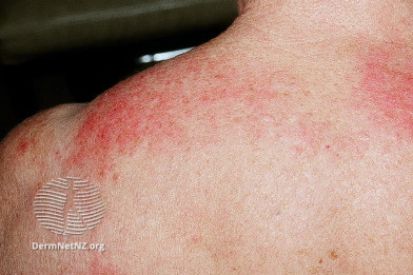
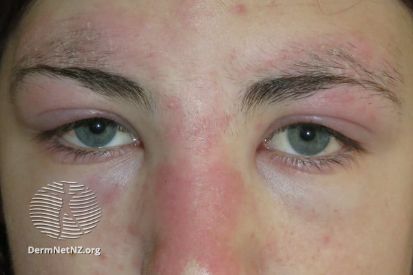
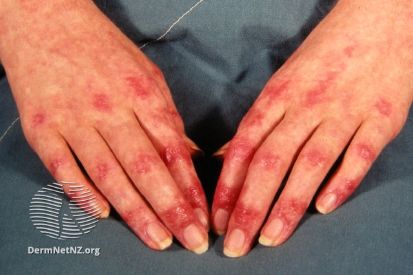
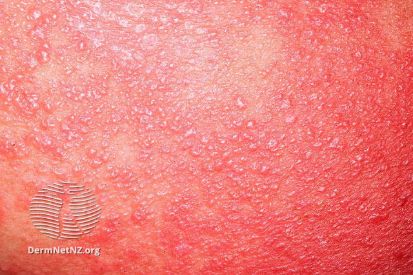
Common Rash Symptoms
- Redness or discoloration of the skin
- Itching, burning, or stinging sensation
- Swelling or inflammation
- Bumps, blisters, or pus-filled lesions
- Dry, cracked, or scaly skin
- Warmth or tenderness in the affected area
- Pain or discomfort
- Rash may be localized or spread across a larger area
Common Rash Causes
- Allergic reactions to food, medications, or other substances
- Contact with irritants such as soaps, detergents, or chemicals
- Skin infections caused by bacteria, viruses, or fungi
- Chronic skin conditions like eczema, psoriasis, or rosacea
- Heat, humidity, or sweating leading to heat rash
- Insect bites or stings
- Autoimmune disorders affecting the skin
- Medications or treatments that affect the skin (e.g., chemotherapy)
- Stress or emotional factors
Common Skin Rashes
Allergy Rashes: Allergic contact dermatitis takes place when your body reacts to something your skin comes into direct contact with it. This happens not because of irritants (stronger chemicals such as acids or solvent), but because of something to which the skin is sensitive. Dermatitis symptoms include swelling, water blisters, and scaly skin.
Athlete’s Foot: A fungal infection typically occurring between the toes, athlete’s foot is usually caused when feet are sweaty due to being confined in tighter shoes. It is closely related to ringworm and jock itch, other fungal infections.
Shingles Rash: If you have ever had chickenpox, the same virus will lie dormant for years and may then cause shingles, a very painful rash that is often fluid filled and frequently forms around the waist. However, shingles can form anywhere around the body and cause itching, burning, and pain.
Eczema: Also known as atopic dermatitis, eczema often causes irritated and dry, itchy skin. When infected, it may make small bumps form that ooze a yellow or clear liquid. Eczema is chronic but noncontagious, and tends to be correlated to allergies.
Hives: Defined as bumps or welts that show up on the body, hives generally last for a shorter period of time. If the red bumps stay for fewer than six weeks, it is called acute urticaria; if it lasts longer, it is referred to as chronic urticaria.
However, skin rashes may form for a truly extensive range of reasons, and may be difficult to accurately pinpoint immediately. At Tru-Skin Dermatology, our experienced team will use their experience and expertise to identify the reason for your skin rash as quickly as possible.
FAQs about Rashes
Rashes can have various causes, including allergies, infections, or skin conditions. Your body might be reacting to something it came into contact with, like a new lotion or plant, or it could be a sign of an underlying issue.
Certain skincare products, like those containing harsh chemicals or fragrances, can trigger rashes. Opting for gentle, hypoallergenic products can reduce the risk. A dermatologist can recommend products tailored to your skin's needs.
Scratching a rash can worsen the irritation and potentially lead to infection. Over-the-counter anti-itch creams, cool compresses, and keeping the affected area moisturized can help relieve itching. If persistent, consult with a dermatologist for proper guidance.
It depends on the type of rash. Some rashes benefit from being kept covered to prevent further irritation, while others may heal better when exposed to air. Your dermatologist can advise on the best approach based on the specific rash.
Watch: We Offer Diagnosis and Treatment of Skin Care Needs
Rash Treatment Options
Lupus Rash: Depending on the severity of the symptoms and how much your organs have been affected, we can prescribe corticosteroid creams to help manage the rashes over time. We can also accurately diagnose your rash with a skin biopsy to make sure it is a lupus rash.
Allergy Rash: If you are allergic to a certain substance, such as rubber or metal, we can create an action plan for you, such as prescription ointment or cream, oral antibiotic, and moisturizers. We will also suggest lifestyle changes, such as wearing gloves for certain tasks.
Athlete’s Foot: If you have a case of athlete’s foot that persists after using OTC creams, we may prescribe antifungals. This also applies for other fungal rash treatments such as ringworm.
Shingles Rash: Treatment depends on the severity and progression of shingles; antiviral medications such as Acyclovir are commonly prescribed. We may also suggest certain OTC medications, as well as other prescriptions such as capsaicin, numbing medications or oral medication to treat lasting nerve pain. If bacteria are involved, we may prescribe antibiotics.
Eczema: We will work together with you closely to develop a routine to help you control your itch, allow the skin to heal, and prevent flare-ups and infections. Your symptoms may vary, so we will search for the best treatment options for you. Common solutions include corticosteroid creams, ointments, solutions, or foams, which help to reduce inflammation. Newer treatments include NSAID ointments or antibiotics.
Hives: If you are not able to quickly resolve whatever triggers your hives and antihistamines do not provide relief, oral corticosteroids or cortisone mediation may be provided.
From the Tru-Skin Dermatology Blog
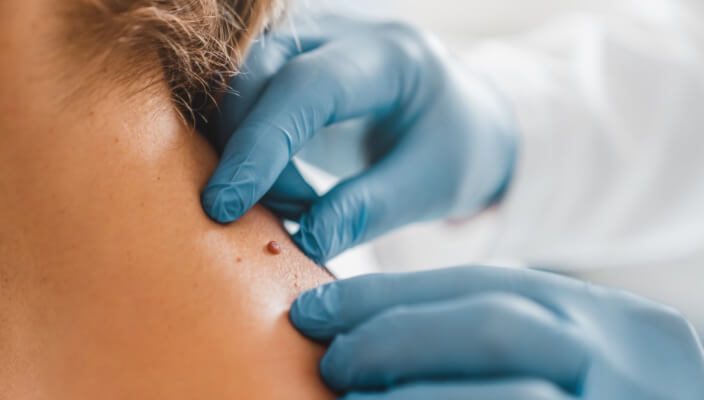
- Skin Cancer
- Skin Exams
- Sun Safety
Our team has access to the latest skin cancer treatment technology to quickly remove certain kinds of skin cancer. Read to learn more about the life-saving potential of early skin cancer detection.
Read More
- General Dermatology
- Skin Care
Having sensitive skin can be a real challenge. In this blog post, we’ll give you some insights on how to develop an effective skincare routine for your sensitive skin, so you can keep it healthy and glowing without any irritations.
Read More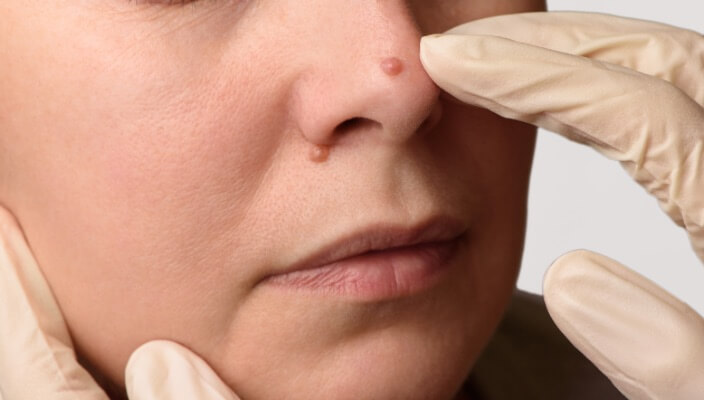
- General Dermatology
Are you dealing with the discomfort and embarrassment of warts, cold sores, or other skin growths? At Tru-Skin Dermatology, we understand the impact these skin conditions can have on your life. Our team of expert dermatologists provides personalized care and effective treatments to help you achieve healthy, beautiful skin.
Read MoreFeatured Products
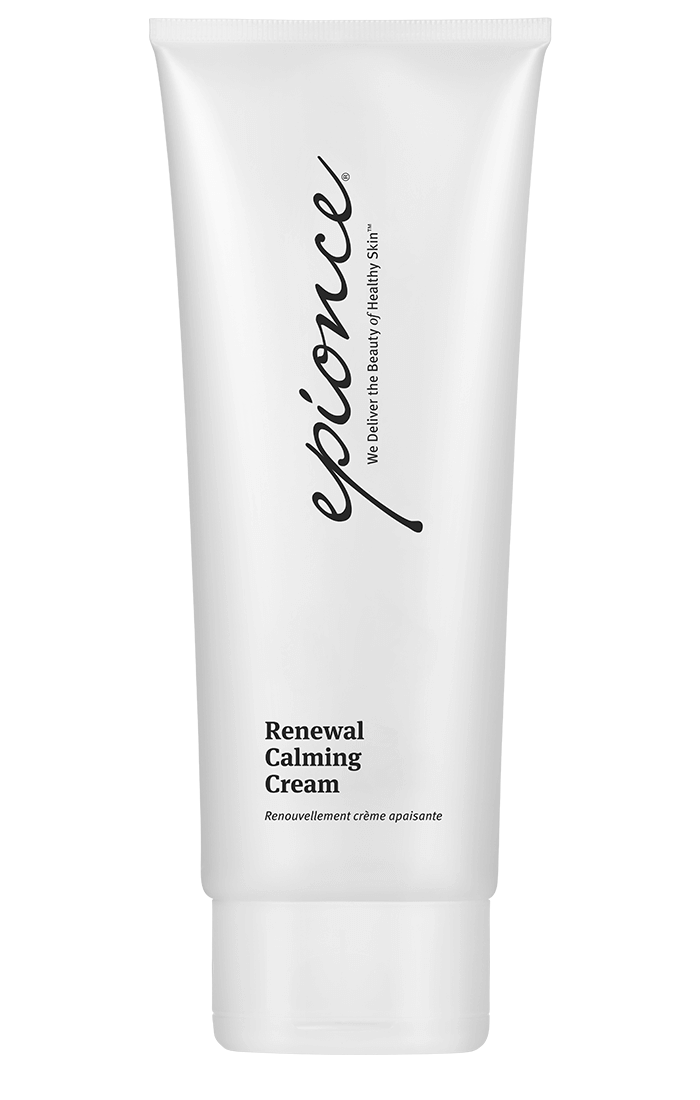
Epionce Renewal Calming Cream
Renewal Calming Cream is clinically proven to relieve the symptoms of eczema, including itching, redness and dryness. Formulated with cholesterol and ceramides to help protect the skin barrier, Renewal Calming Cream hydrates and repairs extremely dry skin.
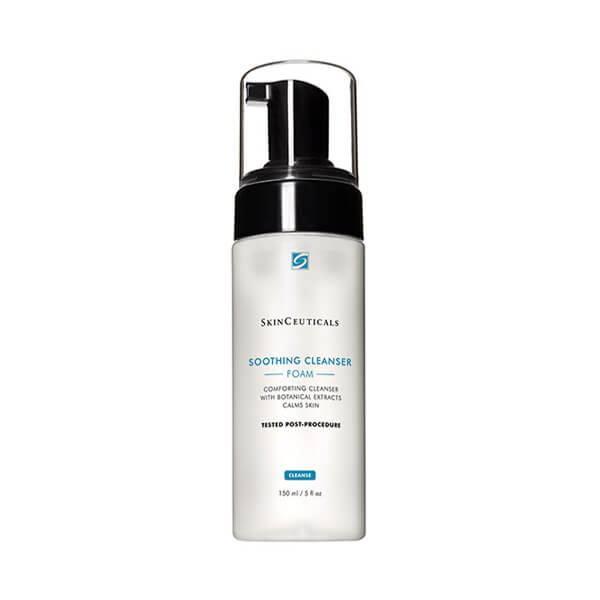
SkinCeuticals Soothing Cleanser
Calming, soap free cleansing foam with a high-concentration blend of botanical extracts to dissolve impurities while soothing compromised skin. 5 fl oz / 150 mL


